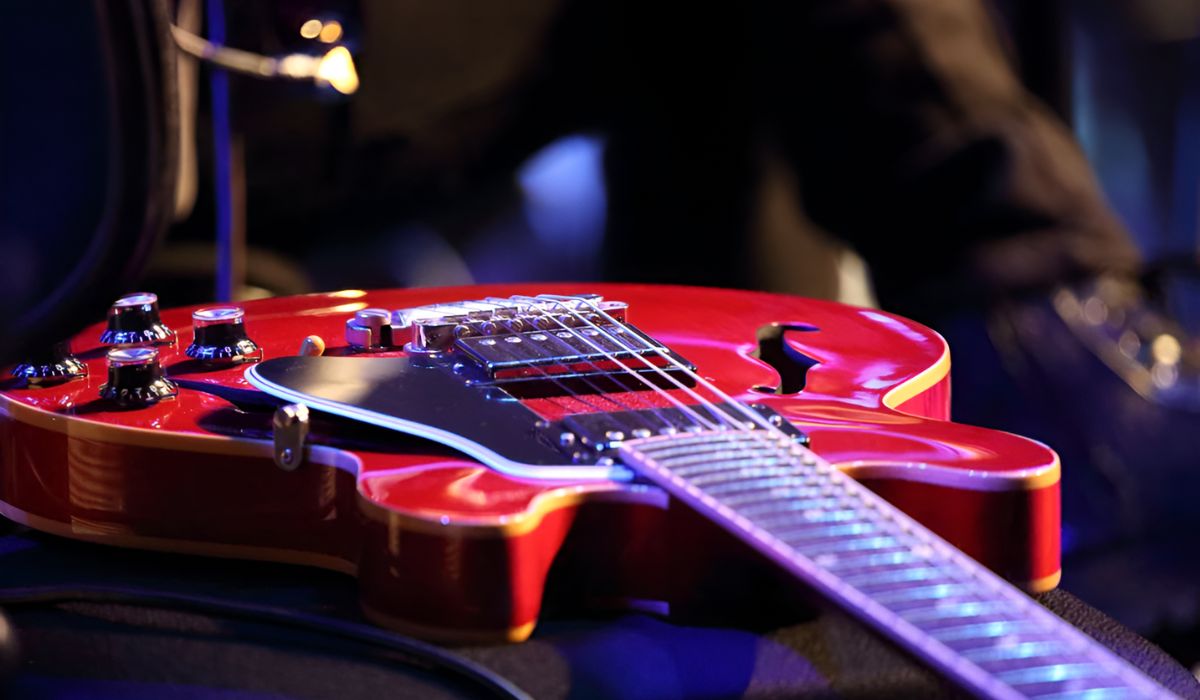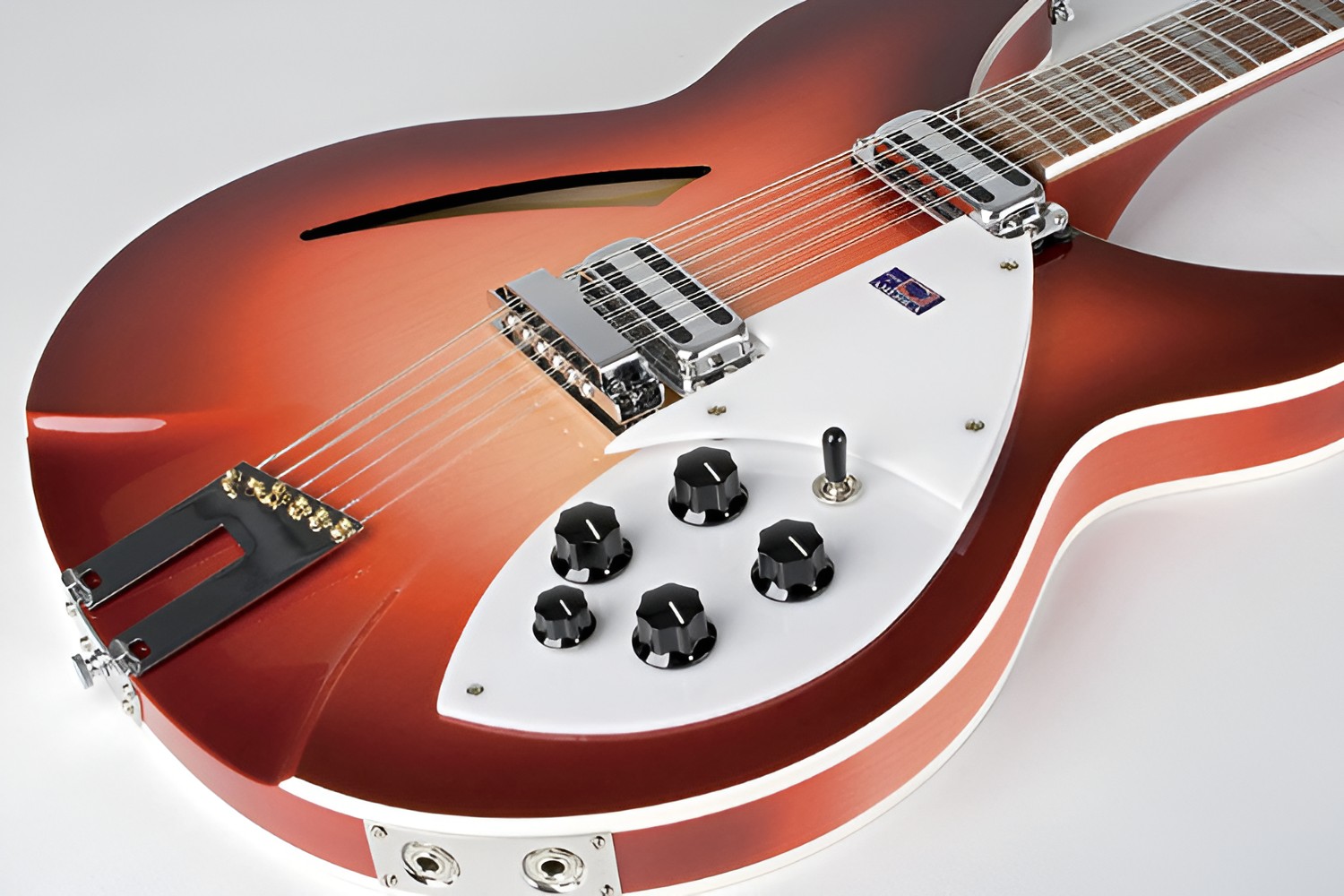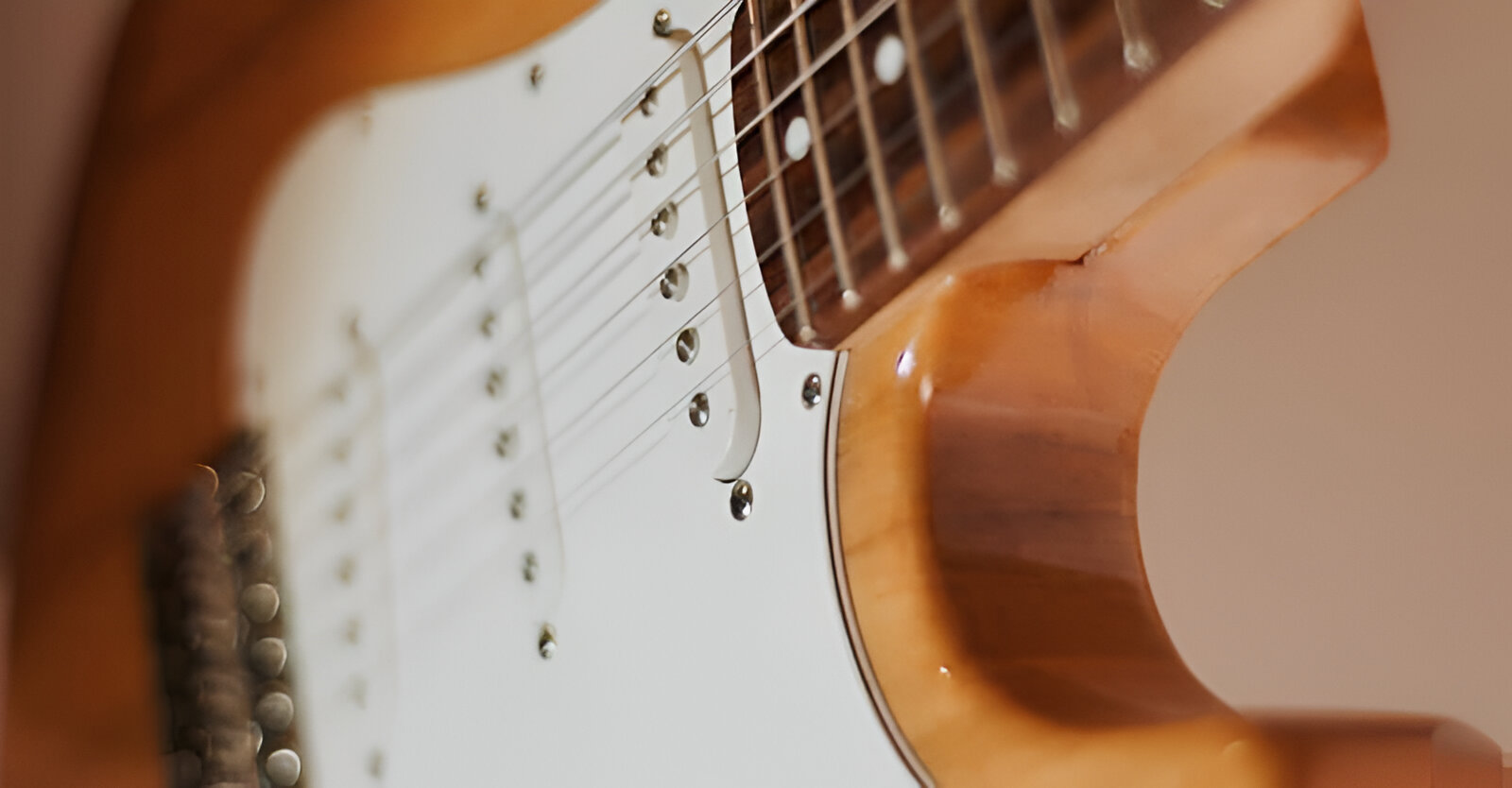Introduction
Playing the electric guitar is an exhilarating experience, whether you are a novice or a seasoned musician. The sound of a well-tuned electric guitar can evoke emotions, inspire creativity, and captivate audiences. However, achieving that perfect sound starts with understanding and mastering the standard tuning for an electric guitar.
In this comprehensive guide, we will delve into the intricacies of standard tuning for electric guitars, elucidating its significance and providing practical insights into tuning and maintenance. Whether you are picking up the instrument for the first time or seeking to refine your skills, this guide will equip you with the knowledge and techniques necessary to achieve and maintain standard tuning for your electric guitar.
Understanding the standard tuning for an electric guitar is fundamental to harnessing its full potential. By exploring the nuances of this essential aspect of guitar playing, you will gain a deeper appreciation for the instrument and unlock new possibilities for musical expression.
Let's embark on this enlightening journey to unravel the art and science of standard tuning for electric guitars, empowering you to create captivating melodies and unleash your musical prowess.
What Is Standard Tuning?
Standard tuning refers to the conventional arrangement of the open strings on a guitar, dictating the pitch of each string when played without fretting. For electric guitars, standard tuning typically consists of the following notes from the lowest (sixth) string to the highest (first) string: E, A, D, G, B, and E. This standard tuning allows for a versatile range of chord voicings, melodic patterns, and scale formations, serving as the foundation for countless musical compositions and improvisations.
The standard tuning for electric guitars is renowned for its balance and harmonic resonance, enabling seamless transitions between chords and facilitating expressive playing across various genres. This familiar arrangement of notes has become ingrained in the fabric of contemporary music, shaping the sonic landscape of rock, blues, pop, and beyond.
Mastering standard tuning is pivotal for guitarists aiming to collaborate with other musicians, as it ensures compatibility and coherence within an ensemble. Additionally, understanding the intervals and relationships between the strings in standard tuning is essential for transposing music, composing original pieces, and interpreting notation accurately.
While standard tuning serves as the cornerstone for most guitar playing, it is important to note that alternative tunings exist, offering distinct tonal palettes and harmonic textures. However, standard tuning remains the universal starting point for beginners and a fundamental reference for experienced guitarists, providing a common language and framework for musical exploration.
By comprehending the essence of standard tuning, guitarists can harness its inherent stability and familiarity to cultivate their musical identity and elevate their playing to new heights.
Why is Standard Tuning Important?
Standard tuning holds immense significance in the realm of electric guitar playing for several compelling reasons:
- Uniformity and Compatibility: Standard tuning establishes a common framework that enables guitarists to communicate and collaborate effectively. When musicians adhere to standard tuning, it fosters cohesion and facilitates seamless integration within ensembles, ensuring that compositions and arrangements align harmoniously across different instruments.
- Versatility and Adaptability: By mastering standard tuning, guitarists gain access to a vast repertoire of chords, scales, and melodic patterns that are universally applicable. This versatility empowers musicians to navigate diverse musical genres and styles with ease, expanding their creative horizons and enhancing their adaptability as performers.
- Transpositional Proficiency: Standard tuning equips guitarists with a deep understanding of musical intervals and relationships between notes, enabling them to transpose music effortlessly and interpret musical notation accurately. This proficiency is invaluable for collaborating with other instrumentalists and seamlessly integrating guitar parts into a broader musical arrangement.
- Educational Foundation: Standard tuning serves as a fundamental educational tool for aspiring guitarists, providing a structured starting point for learning chords, scales, and music theory. By mastering standard tuning, students can develop a solid foundation upon which to build their technical skills and theoretical knowledge, laying the groundwork for their musical journey.
- Historical and Cultural Significance: Standard tuning has played an integral role in shaping the sonic landscape of popular music, contributing to the evolution of various genres and styles. Understanding and preserving standard tuning honors a rich musical heritage and allows guitarists to connect with the traditions and innovations that have defined the art of electric guitar playing.
Embracing standard tuning empowers guitarists to communicate effectively, explore diverse musical landscapes, and uphold a tradition that has resonated through generations of musicians. Its importance extends beyond individual practice sessions, enriching the collective experience of music-making and perpetuating the enduring legacy of the electric guitar.
How to Tune Your Electric Guitar to Standard Tuning
Tuning an electric guitar to standard tuning is an essential skill that every guitarist must master. Whether using a digital tuner, a tuning fork, or tuning by ear, the process involves meticulous adjustments to ensure that each string resonates at the correct pitch. Here’s a step-by-step guide to tuning your electric guitar to standard tuning:
- Utilize a Tuning Device: Employ a digital tuner to facilitate precise tuning. Clip-on tuners, pedal tuners, and smartphone apps are popular choices for achieving accurate pitch detection. Simply pluck each string and adjust the tuning pegs until the tuner indicates that the string is in tune.
- Reference Tones: If a tuning device is unavailable, reference tones can be used as a guide. The sixth string (low E) can be tuned to a reliable external reference pitch, such as a piano, pitch pipe, or another tuned instrument. Subsequently, the remaining strings can be tuned relative to the accurately tuned sixth string.
- Relative Tuning Method: For experienced guitarists, relative tuning by ear is a viable option. By comparing the pitch of each string to a known reference pitch, such as the fifth fret of the adjacent string, guitarists can fine-tune the strings to achieve standard tuning.
- Precision and Patience: Regardless of the tuning method employed, precision and patience are paramount. Gradually adjust the tuning pegs while monitoring the pitch, ensuring that each string aligns with the designated notes of standard tuning: E, A, D, G, B, and E.
Once the strings are tuned to the standard EADGBE configuration, it is advisable to double-check the tuning by playing familiar chords and intervals across the fretboard. This verification process helps confirm the accuracy of the tuning and allows for minor adjustments to optimize the guitar’s intonation.
By mastering the art of tuning an electric guitar to standard tuning, guitarists can establish a solid sonic foundation, enabling them to explore the instrument’s full potential and engage in harmonious musical collaborations.
Tips for Maintaining Standard Tuning
Maintaining standard tuning on an electric guitar is essential for preserving the instrument’s tonal integrity and ensuring consistent playability. Here are valuable tips to help guitarists uphold standard tuning and optimize their playing experience:
- Regular String Maintenance: Replace old or worn-out strings promptly to maintain optimal tension and resonance. Clean the strings after each playing session to prevent the accumulation of dirt and oils, which can compromise their longevity and tone.
- Climate Considerations: Fluctuations in temperature and humidity can affect the tension and stability of guitar strings. Store the instrument in a controlled environment to minimize the impact of environmental variables on tuning stability.
- Intonation Adjustment: Periodically check and adjust the intonation of the guitar to ensure that each string produces accurate pitches across the entire fretboard. Proper intonation contributes to consistent tuning and harmonious chord voicings.
- Tuning Stability Enhancements: Explore the use of locking tuners, nut lubricants, and stable bridge systems to enhance tuning stability and minimize string slippage. These hardware upgrades can significantly improve the reliability of standard tuning during prolonged playing sessions and performances.
- String Stretching Techniques: Implement effective string stretching techniques when installing new strings to expedite the settling process and minimize the need for frequent retuning. Gently pull and stretch each string to facilitate initial tension adjustment, promoting quicker stabilization in standard tuning.
- Regular Tuning Checks: Develop a habit of routinely checking the tuning of the guitar before practicing or performing. Quick tuning assessments can prevent potential disruptions during playing and facilitate a seamless musical experience.
By incorporating these maintenance tips into their guitar care routine, musicians can uphold the integrity of standard tuning, mitigate tuning-related challenges, and optimize the overall performance and longevity of their electric guitars.
Conclusion
Mastering standard tuning for an electric guitar is a foundational skill that empowers musicians to unlock the instrument’s full potential and engage in harmonious musical expression. By understanding the significance of standard tuning, guitarists can cultivate a deep appreciation for its role in facilitating musical collaboration, enhancing versatility, and preserving a rich cultural heritage.
Aspiring and seasoned guitarists alike can benefit from the comprehensive guide to standard tuning presented here, gaining insights into the nuances of tuning, maintenance, and the broader implications of adhering to standard tuning. By embracing standard tuning, guitarists can embark on a musical journey enriched by its stability, familiarity, and universal applicability.
From the meticulous process of tuning to the diligent maintenance practices that uphold standard tuning, every aspect of this essential skill contributes to the cohesive and resonant soundscapes that define the art of electric guitar playing. By integrating these insights into their musical endeavors, guitarists can harness the power of standard tuning to create captivating melodies, explore diverse genres, and connect with fellow musicians on a profound level.
As guitarists continue to hone their craft and immerse themselves in the boundless realm of musical expression, standard tuning stands as a steadfast companion, providing a reliable framework for innovation, collaboration, and self-discovery. By embracing the art and science of standard tuning, guitarists can embark on a lifelong journey of musical exploration, propelled by the timeless resonance and enduring legacy of the electric guitar.

























